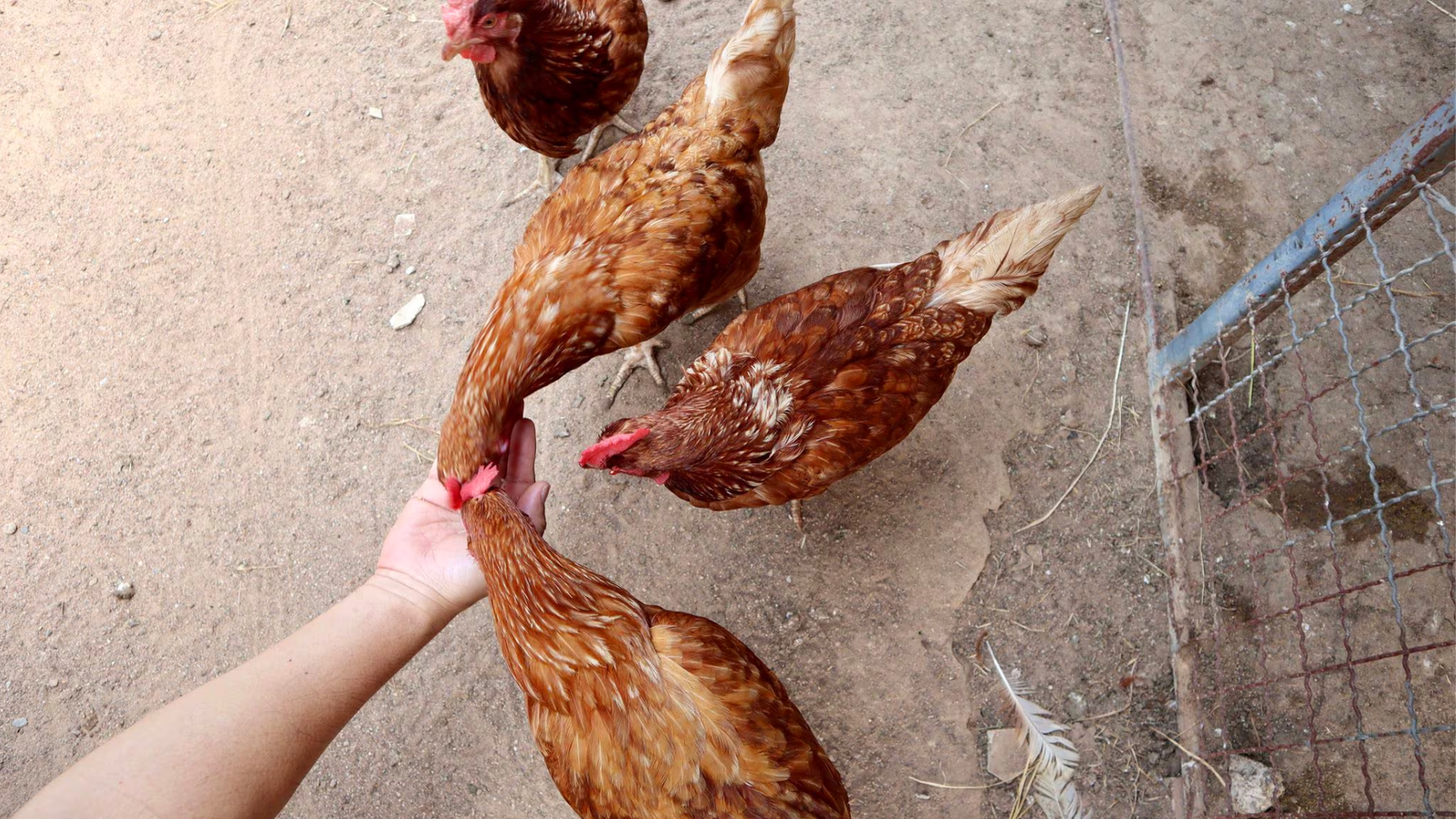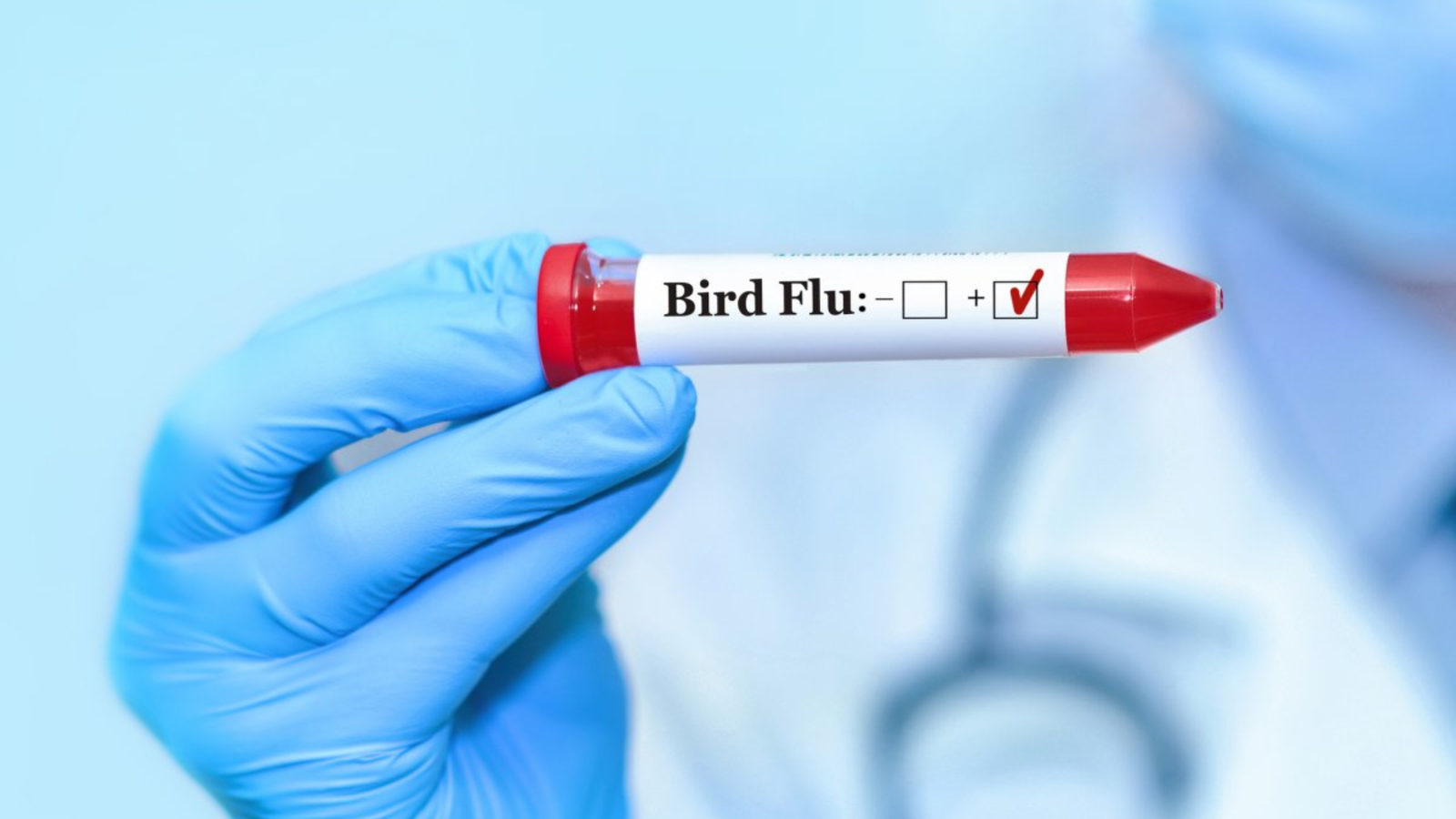In recent years, there has been an increase in concern about the bird flu, sometimes known as avian influenza, in the United States. The virus, which affects more than 100 species of wild birds, particularly migratory waterfowl, has the ability to change into a form that could spread to people and endanger public health.
The general public is still not at high risk of infection, but those who work with birds or are exposed to them recreationally are more vulnerable. The majority of human cases of bird flu infection in the United States, as reported by the Centers for Disease Control and Prevention (CDC), have been associated with intimate contact with diseased birds or contaminated settings.
With millions of birds already afflicted, the US bird flu pandemic carries enormous ramifications for the poultry business despite its low danger. Concerns over the virus’s ability to change and become a human-to-human vector have also been raised by the outbreak, with the possibility of a pandemic arising.
The virus that causes bird flu is extremely infectious and spreads swiftly among bird flocks. The main ways that it spreads are through contaminated surfaces and equipment, as well as through the droppings and saliva of sick birds. Additionally, the virus can persist in the environment for long stretches of time, making it challenging to contain once an outbreak starts.
Human cases of avian flu can have moderate to severe symptoms, which may even be fatal. A human bird flu infection can also result in serious respiratory conditions including pneumonia and acute respiratory distress syndrome, in addition to fever, coughing, and muscular aches.

The avian flu might become a pandemic if it evolved into a form that could be spread among people. Due to its capacity to infect a broad variety of species as well as its potential for mutation and human-to-human transmission, the World Health Organization (WHO) has classified the bird flu virus as one of the most likely candidates to start a pandemic.
Only a small number of cases of bird flu transmission from person to person have been reported to date, and these have only included close connections like family members or medical personnel. But there’s serious worry that the virus might evolve into a form that makes human-to-human transmission easier.
In order to be ready for a possible pandemic of bird flu, the US government has developed a vaccine and stocked piled antiviral drugs. The use of personal protective equipment and the execution of infection control measures are among the guidelines that the CDC has established for the detection and handling of bird flu epidemics.
Notwithstanding these initiatives, a great deal remains unknown regarding the avian flu virus and its capacity to spread globally. To fully comprehend the dynamics of the virus’s propagation and its propensity for mutation and reassortment with other influenza viruses, more study is required.
Furthermore, there is a need for better coordination and communication between public health officials, the poultry sector, and other stakeholders, as well as for improved surveillance and identification of bird flu epidemics.
In conclusion, even while there is still little risk of bird flu to the general public, there is a serious risk to public health if the virus mutates into a form that can be spread to people. It will need additional investigation, monitoring, and readiness measures to lessen this danger and guard against the possibility of a bird flu pandemic.
In order to be ready for a possible pandemic of bird flu, the US government has developed a vaccine and stocked piled antiviral drugs. The use of personal protective equipment and the execution of infection control measures are among the guidelines that the CDC has established for the detection and handling of bird flu epidemics.
Notwithstanding these initiatives, a great deal remains unknown regarding the avian flu virus and its capacity to spread globally. To fully comprehend the dynamics of the virus’s propagation and its propensity for mutation and reassortment with other influenza viruses, more study is required.

Furthermore, there is a need for better coordination and communication between public health officials, the poultry sector, and other stakeholders, as well as for improved surveillance and identification of bird flu epidemics.
In addition, the poultry sector has taken precautions against the possibility of a bird flu pandemic by putting in place biosecurity measures to stop the virus from spreading and creating backup plans for handling an outbreak.
The US bird flu epidemic has, nevertheless, already had a substantial negative social and economic impact, especially on people who work in the poultry business. Concerns have also been raised by the outbreak of the virus’s ability to spread to other nations and perhaps cause a worldwide pandemic.
In conclusion, even while there is still little risk of bird flu to the general public, there is a serious risk to public health if the virus mutates into a form that can be spread to people. It will need additional investigation, monitoring, and readiness measures to lessen this danger and guard against the possibility of a bird flu pandemic.

